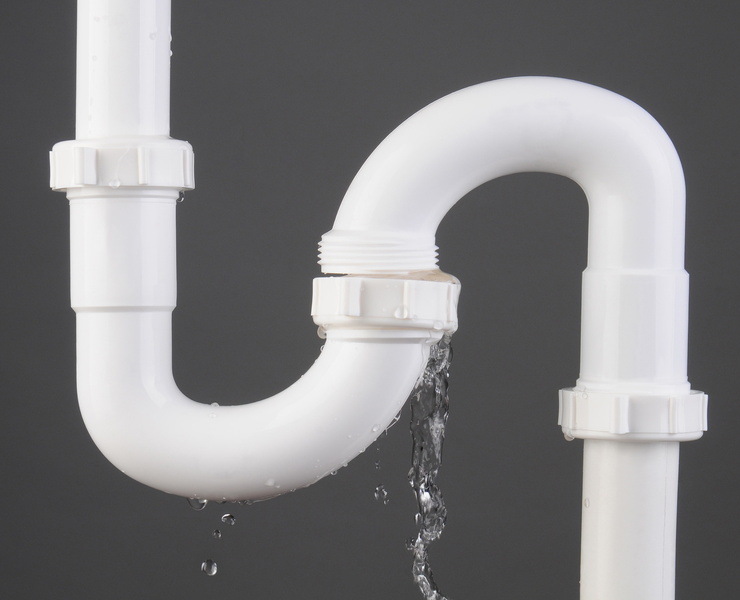6 Ways to Locate Concealed Water Leaks in Your House
6 Ways to Locate Concealed Water Leaks in Your House
Blog Article
What're your opinions about Hacks to detect leaks?

Early discovery of leaking water lines can mitigate a prospective catastrophe. Some tiny water leakages might not be noticeable.
1. Check Out the Water Meter
Every home has a water meter. Inspecting it is a proven manner in which aids you discover leakages. For starters, switch off all the water sources. Make sure no person will certainly flush, use the faucet, shower, run the cleaning machine or dish washer. From there, most likely to the meter and watch if it will transform. Since nobody is utilizing it, there ought to be no motions. That shows a fast-moving leakage if it moves. If you detect no adjustments, wait an hour or 2 as well as check back again. This means you may have a sluggish leak that might also be underground.
2. Examine Water Usage
If you identify abrupt changes, regardless of your intake being the same, it indicates that you have leaks in your plumbing system. A sudden spike in your costs suggests a fast-moving leak.
A consistent increase every month, even with the same behaviors, shows you have a sluggish leak that's likewise gradually rising. Call a plumber to thoroughly inspect your building, specifically if you feel a cozy area on your flooring with piping underneath.
3. Do a Food Coloring Test
30% comes from toilets when it comes to water usage. Examination to see if they are running properly. Decline flecks of food shade in the container and wait 10 minutes. There's a leak in between the storage tank and bowl if the color in some way infiltrates your bowl throughout that time without flushing.
4. Asses Outside Lines
Don't neglect to inspect your outside water lines too. Needs to water permeate out of the connection, you have a loose rubber gasket. One small leakage can throw away tons of water and spike your water costs.
5. Examine and also Assess the Circumstance
Property owners ought to make it a routine to inspect under the sink counters and also even inside cupboards for any bad odor or mold growth. These 2 warnings suggest a leakage so timely focus is called for. Doing regular evaluations, also bi-annually, can conserve you from a significant issue.
Examine for stainings and deteriorating as the majority of home appliances and also pipelines have a life expectations. If you suspect dripping water lines in your plumbing system, don't wait for it to escalate.
Early discovery of dripping water lines can alleviate a prospective catastrophe. Some little water leakages might not be noticeable. Examining it is a surefire way that helps you uncover leakages. One small leak can waste bunches of water and also spike your water costs.
If you think leaking water lines in your plumbing system, don't wait for it to rise.
WARNING SIGNS OF WATER LEAKAGE BEHIND THE WALL
PERSISTENT MUSTY ODORS
As water slowly drips from a leaky pipe inside the wall, flooring and sheetrock stay damp and develop an odor similar to wet cardboard. It generates a musty smell that can help you find hidden leaks.
MOLD IN UNUSUAL AREAS
Mold usually grows in wet areas like kitchens, baths and laundry rooms. If you spot the stuff on walls or baseboards in other rooms of the house, it’s a good indicator of undetected water leaks.
STAINS THAT GROW
When mold thrives around a leaky pipe, it sometimes takes hold on the inside surface of the affected wall. A growing stain on otherwise clean sheetrock is often your sign of a hidden plumbing problem.
PEELING OR BUBBLING WALLPAPER / PAINT
This clue is easy to miss in rooms that don’t get much use. When you see wallpaper separating along seams or paint bubbling or flaking off the wall, blame sheetrock that stays wet because of an undetected leak.
BUCKLED CEILINGS AND STAINED FLOORS
If ceilings or floors in bathrooms, kitchens or laundry areas develop structural problems, don’t rule out constant damp inside the walls. Wet sheetrock can affect adjacent framing, flooring and ceilings.
https://www.servicemasterbyzaba.com/blog/how-to-detect-water-leakage-in-walls/

Do you appreciate more info about Hacks to detect leaks? Make a review further down. We would be interested to hear your insights about this blog post. Hoping to see you back again in the future. Sharing is good. Helping others is fun. Thanks for going through it.
Report this page